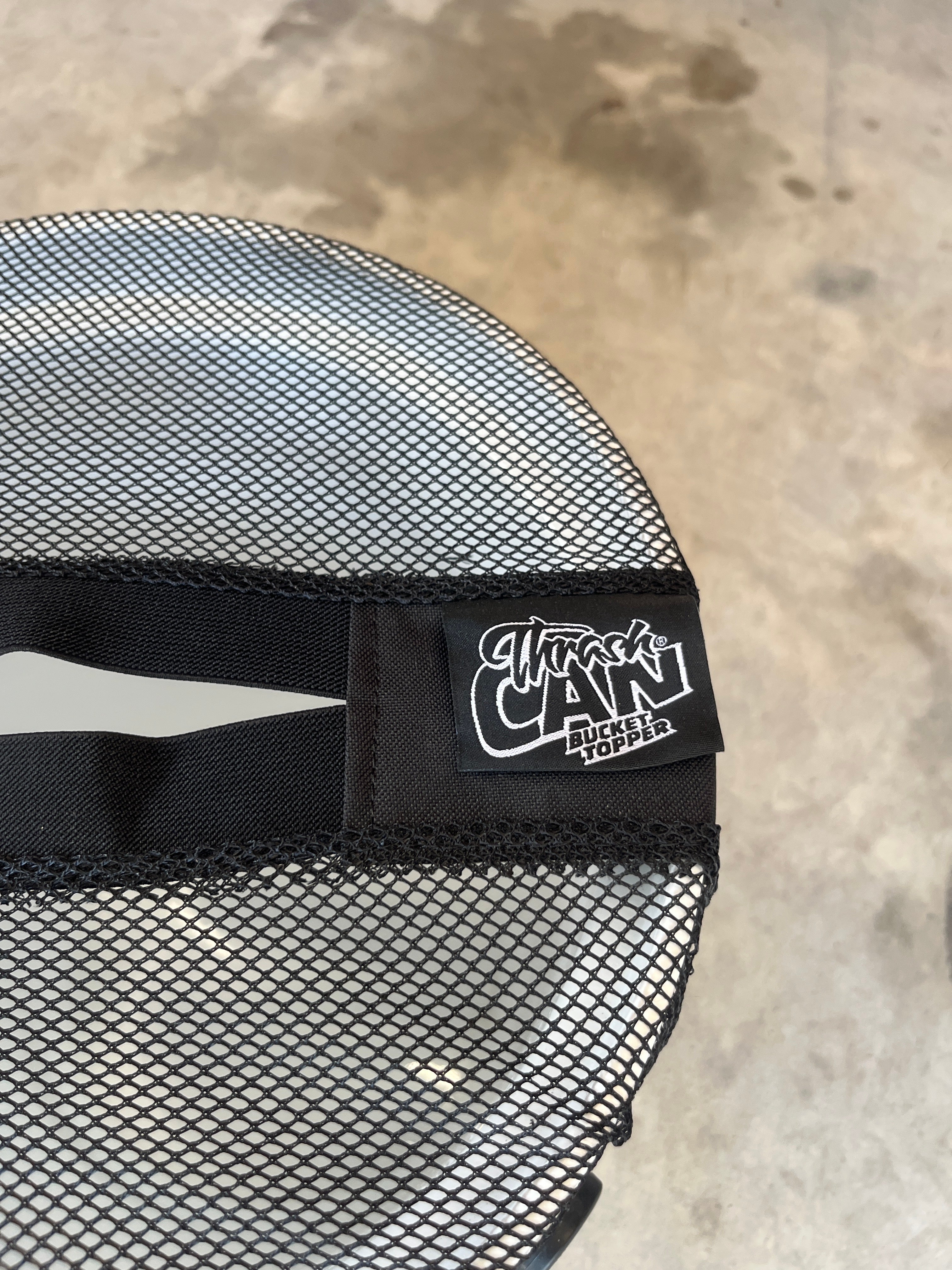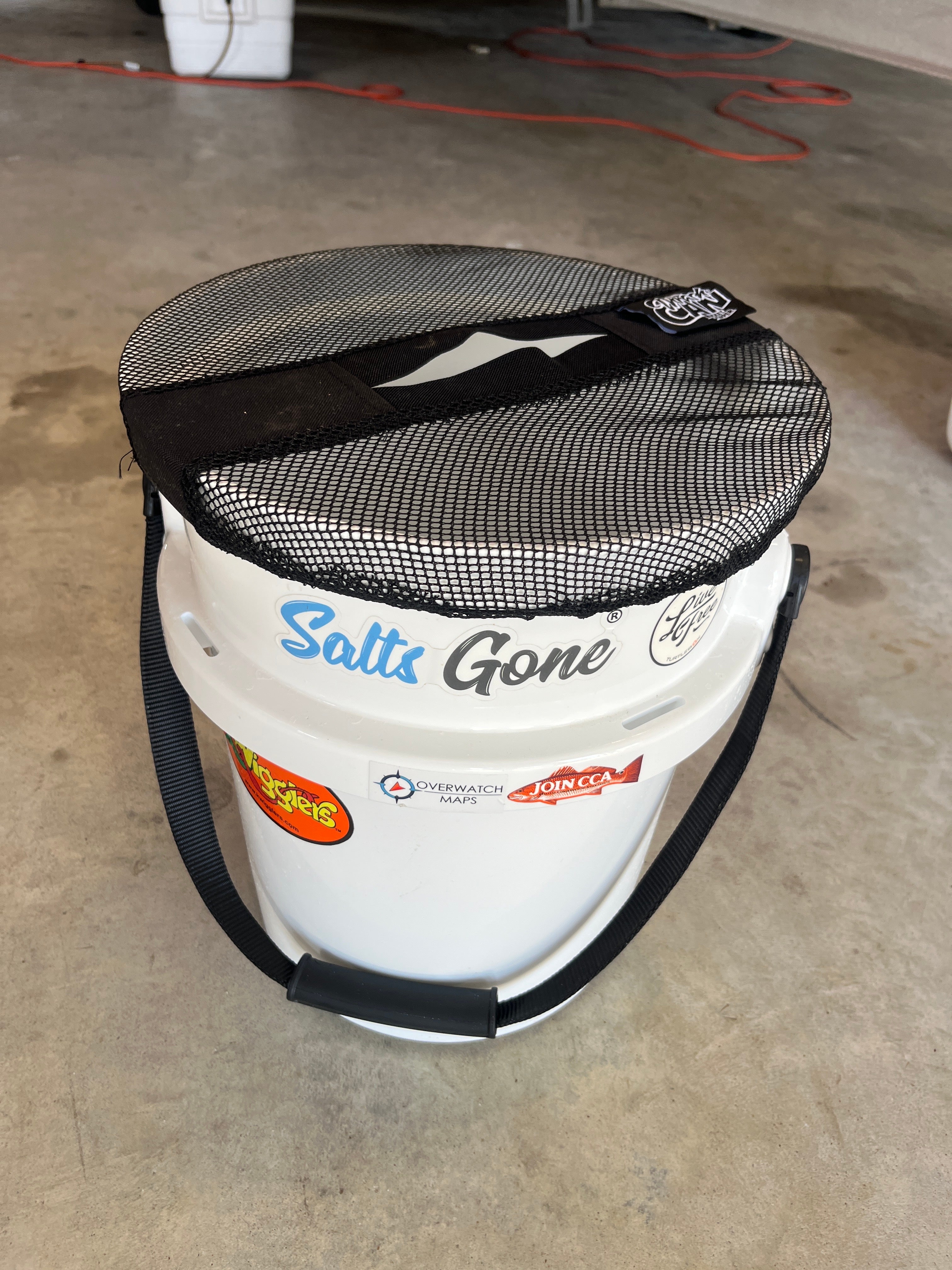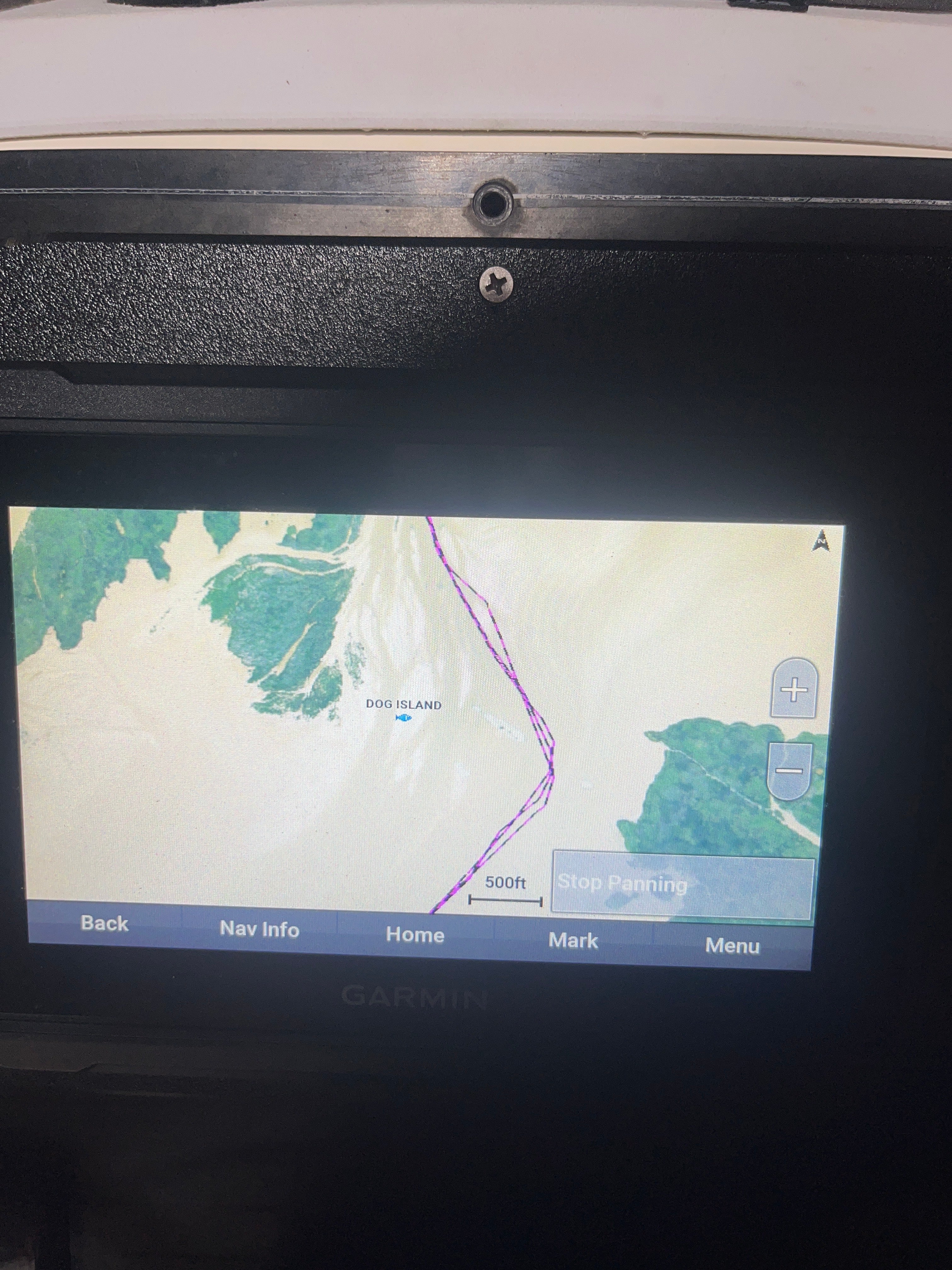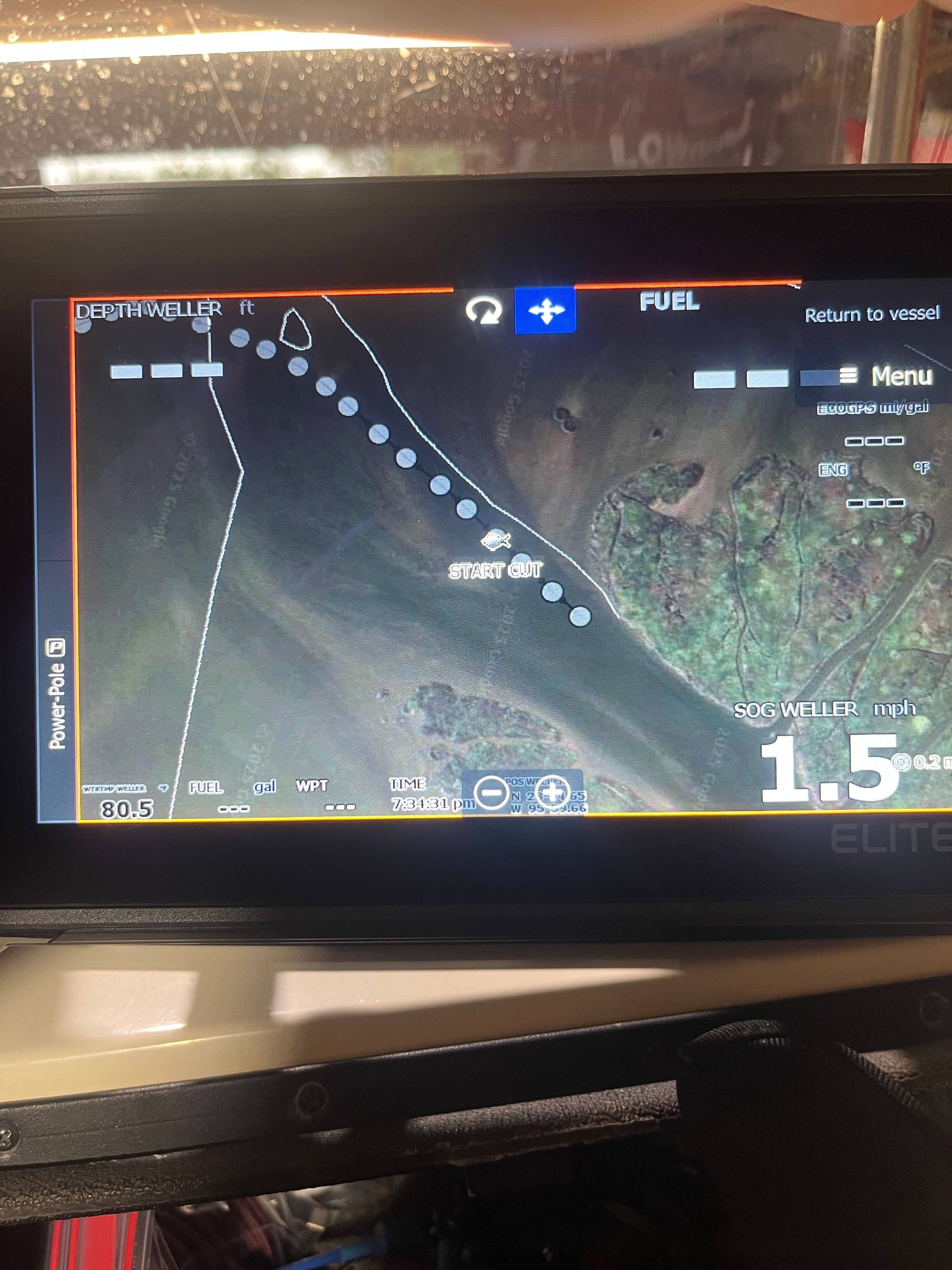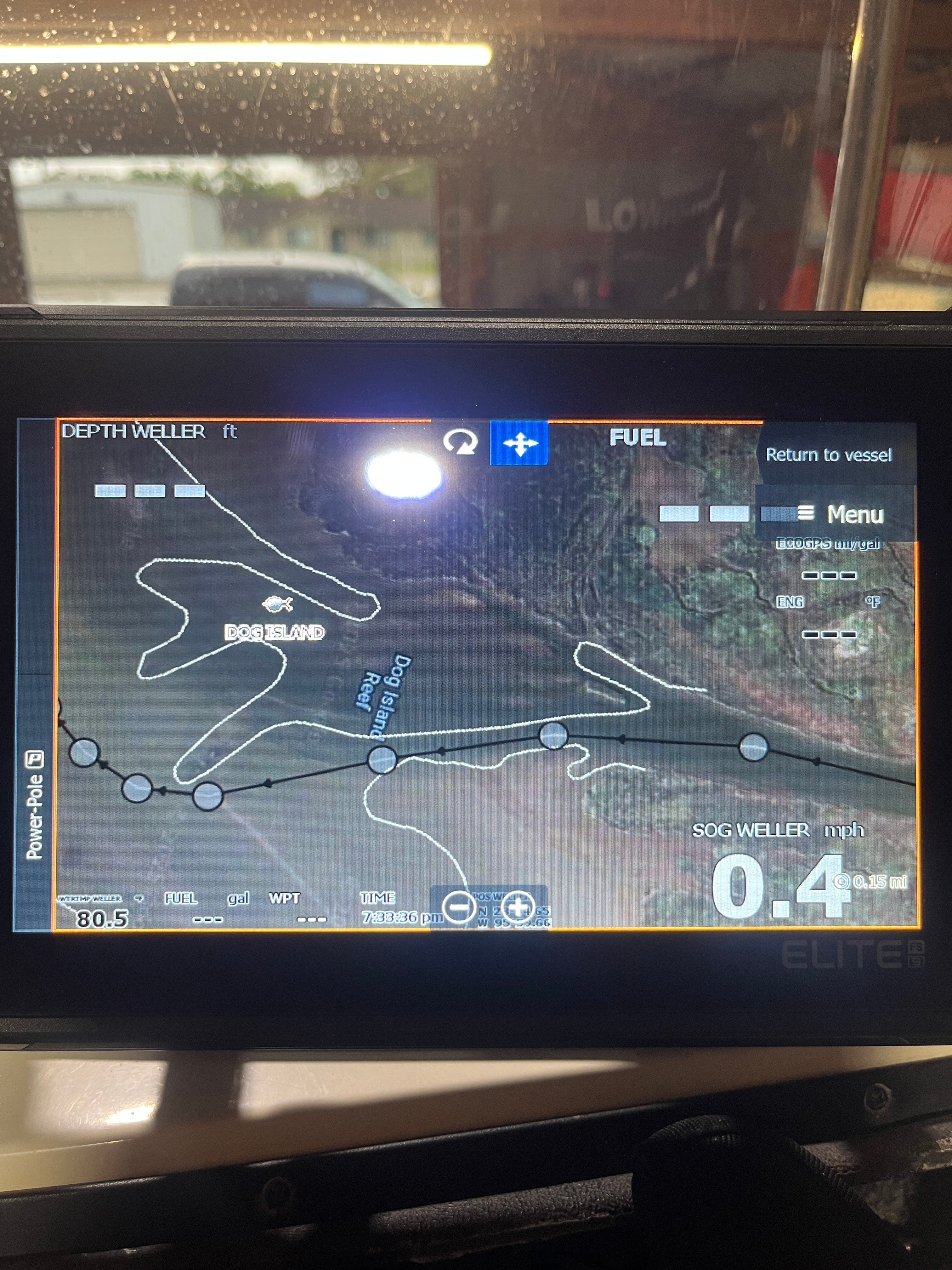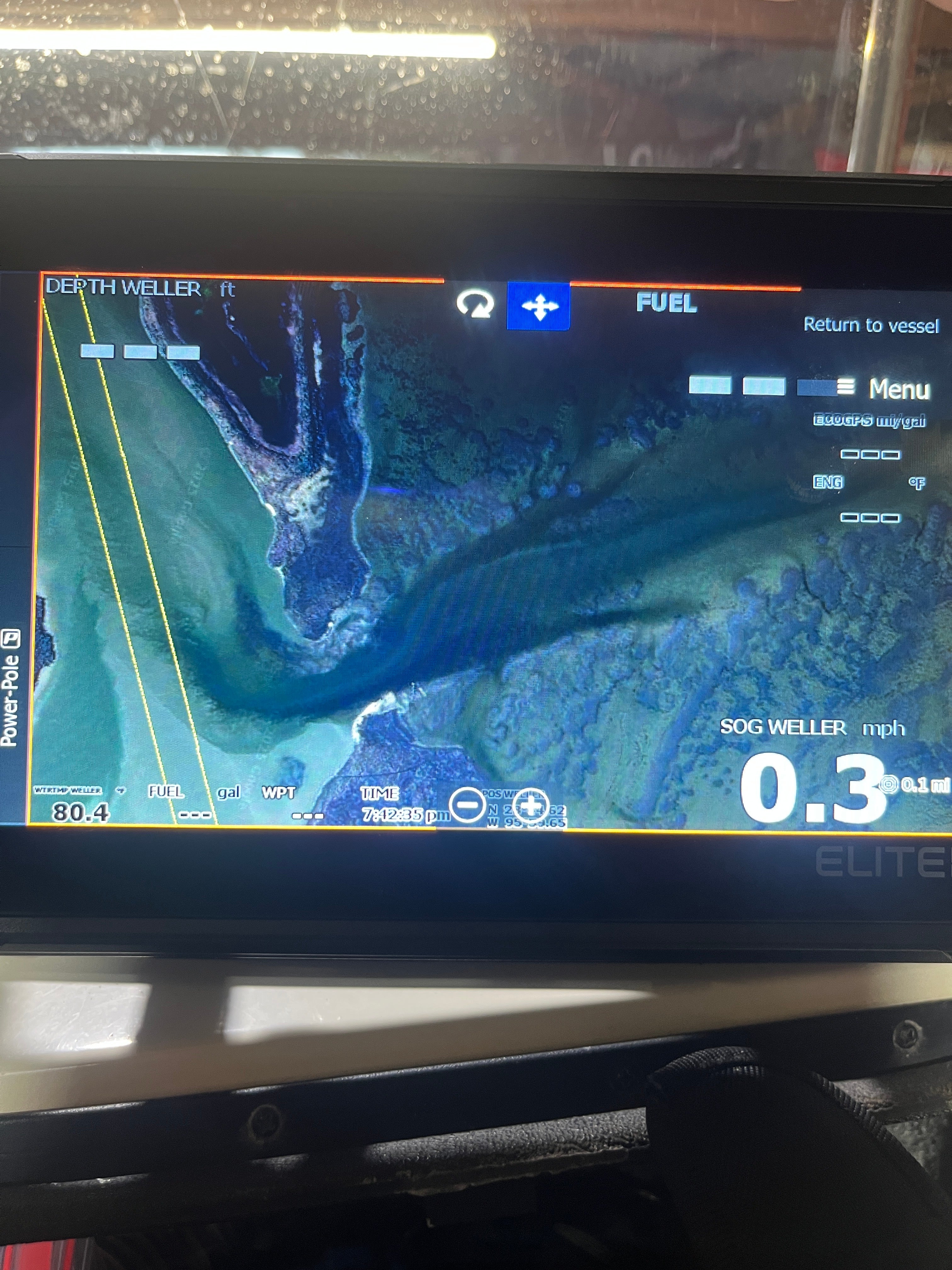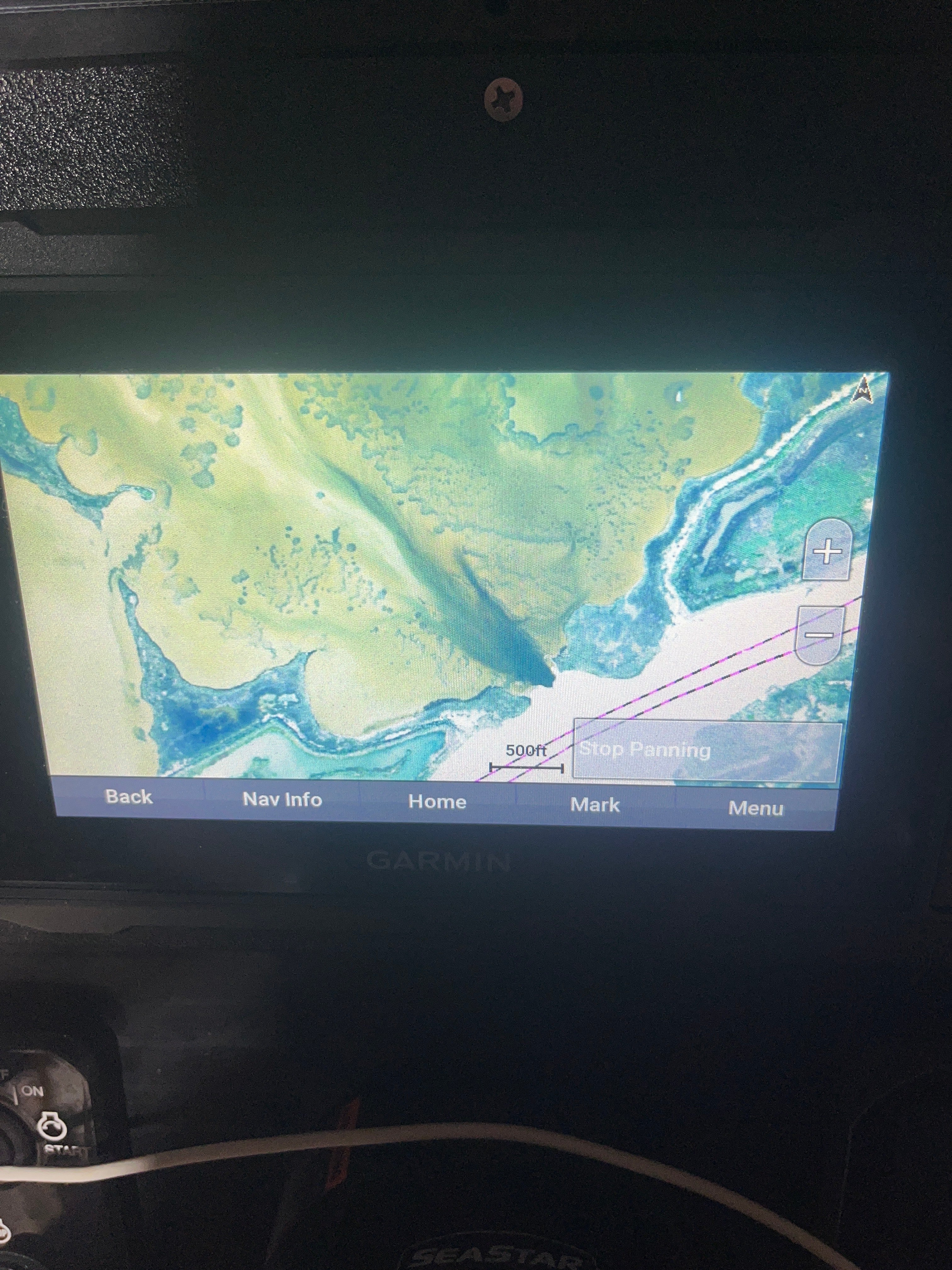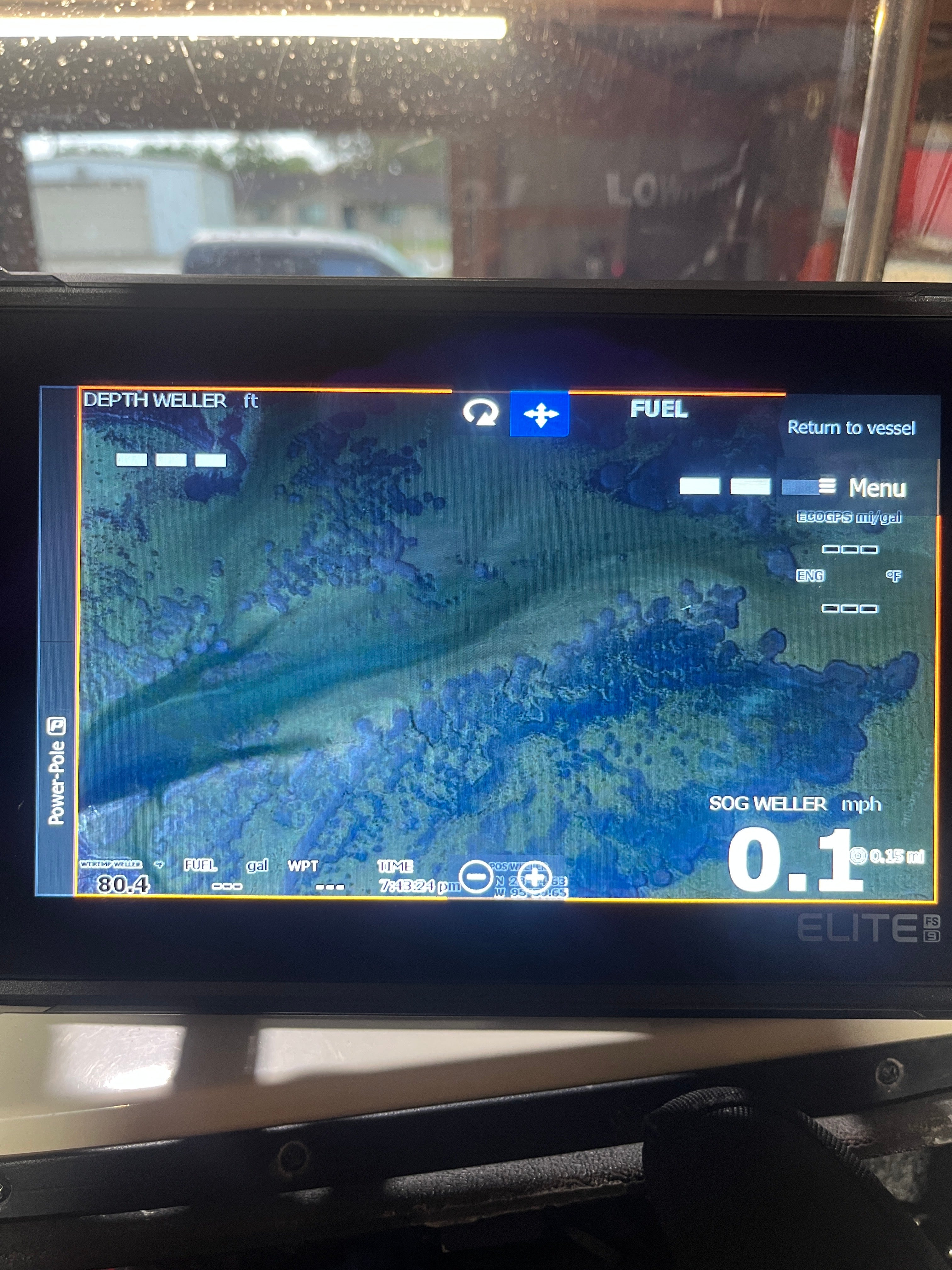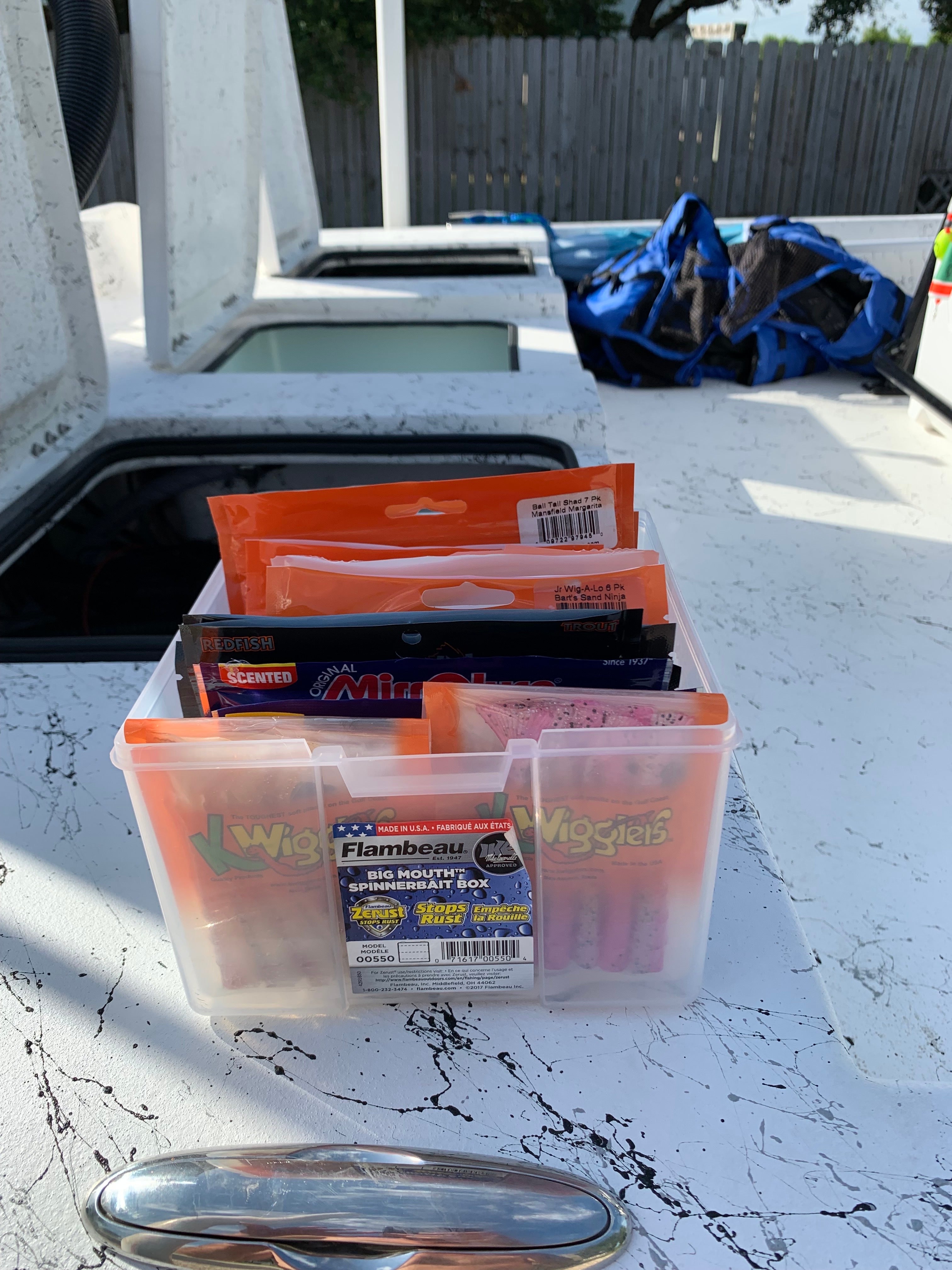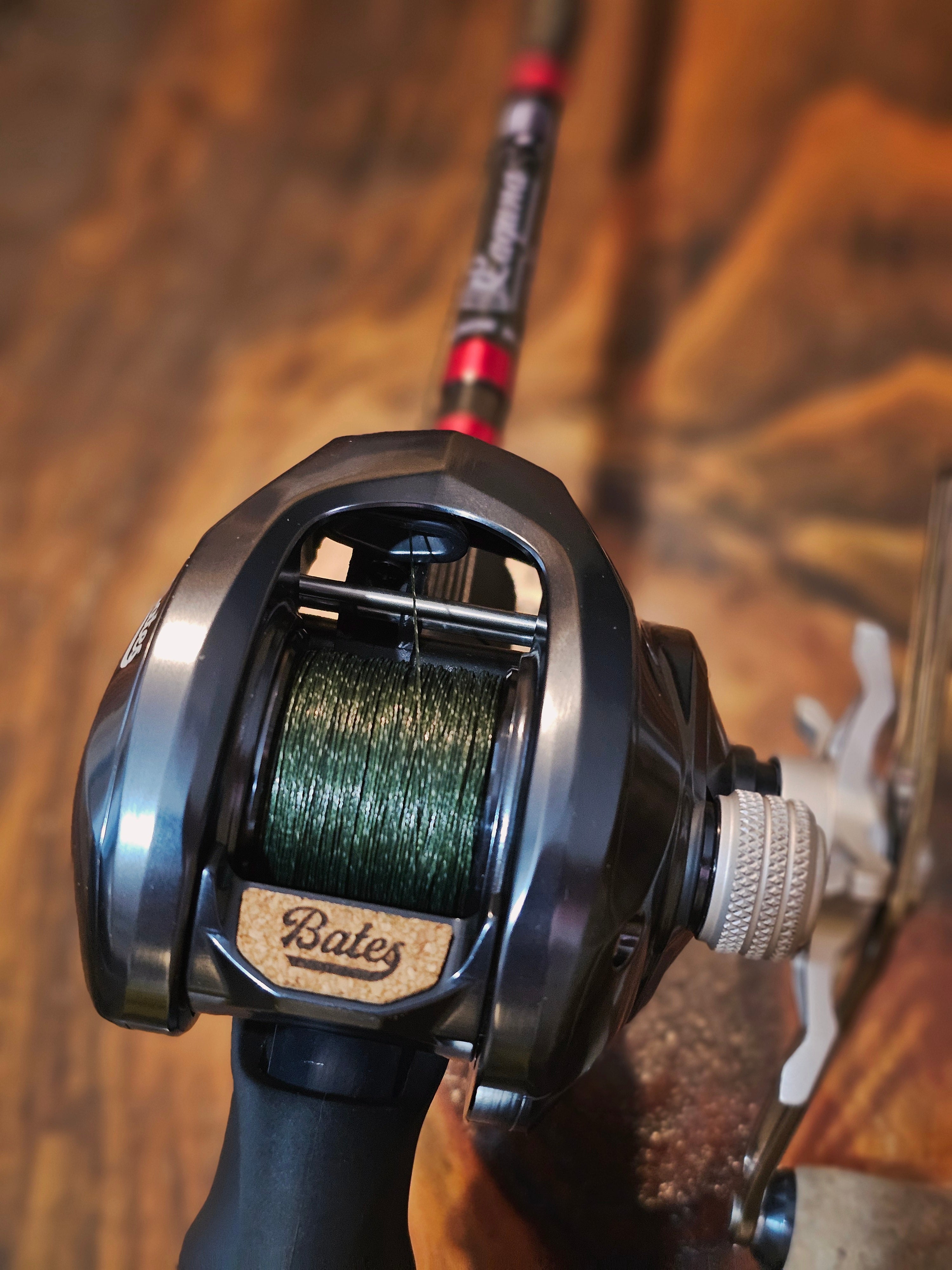Today went a bit better than yesterday, but we didn’t exactly set a high bar 😆. Here’s Capt James walking young Connor thru his fight on his first tarpon. I think Jimi got a lot of good stuff on camera so hopefully we have a full video out by next week 👍





